Active Health Chiropractic has really worked wonders in my life. Drs John and Judy are efficient prompt and courteous. My sciatic nerve was really causing pain and after being adjusted by them I felt total relief.
- Nancy B.Performance:
Whether you are training for a competition, or trying to move your body to regain health; injuries such as tendonitis, repeated ankle sprain, foot pain, plantar fasciitis, weak painful knees, wrist and shoulder pain, are a drain on performance and can negatively impact your success.
Training too hard?
Usually the pain area is limited to one area, for example, in a swimmer, one shoulder. If overtraining is only an issue for one side, are both shoulders not doing the same training? For the person trying to regain health by taking walks or runs, the same question could be asked, why does one hip or knee seem unable to withstand the activity while the other can? Pain in your joints should not be ignored, if you are stressing any part of your body into pain, you may be putting yourself at risk for a more serious injury such as a tear or rupture.
Stabilization:
Your joints are made to move, in fact studies are absolutely conclusive, when you move you stay healthier, stronger and less likely to injure yourself. Why then, can movement cause you to approach serious injury by overstressing your tendons and ligaments to the point they are irritated, hot and painful? The answer is found within your brain and the stabilization patterns you use to move.
Brain Output:
Muscles are able to contract and stabilize once directed to do so, by your brain. This means, no matter how strong your muscles are, or how much you have worked to build strength in your muscles, if your brain does not call for contraction, on time and in order, your muscles will not act properly. The action of muscles involve stabilizing your joints in movement, the lack of response can lead to an increase load on tendons and ligaments leading to injury.
Body Input:
Action of your muscle stabilization patterns are initiated based on signals your brain receives from your body. Your brain responds and adapts your movement based on incoming signals. This conversation between your body and your brain is key to our approach at Active Health. Our goal is to identify and correct areas where your body has lost or decreased ability to properly signal your brain to initiate appropriate muscle action for stabilization. Once corrected, recovery from and prevention of injuries is possible.
Patients Report:
- Dropping significant time in races. (swim, marathon, sprints)
- Greater flexibility
- More responsive body/ faster reflexes and position changes
- Ability to walk longer distance
- Ability to sustain workouts
- Improved coordination
- Less fatigue under stressful exercise
- Better recovery post exercise
- Improved balance
Recovery From:
- Shoulder pain/weakness
- Ankle pain/weakness
- Plantar Fasciitis
- Tendonitis
- Groin pull
- Shin Splints
- TFL Strain
- Ankle sprain
- Hamstring pull
- Tennis elbow
- Patellofemoral syndrome
Brain Based Approach
Your brain 'runs' the most efficient 'programs' possible to keep you moving. The question to ask is whether it has become efficient for you to run a 'sick and tired,' or 'hurt and pain' program. Research shows pain medications are harmful to the body and brain and cause an actual increase in pain sensitivity over time. This might mean the pain you are feeling is due to and / or magnified by the pain medications you use. Opiods in particular are a risky option for pain management. Contact Active Health to learn how safe, effective, drug- and surgery free chiropractic can work for you.
Call 715-834-6333 or email info@activehealthec.com.





















